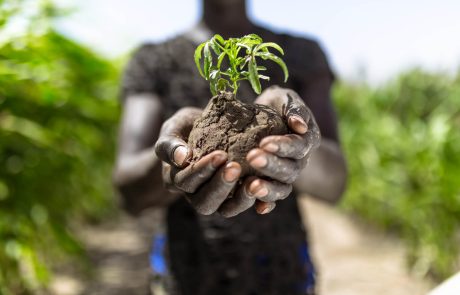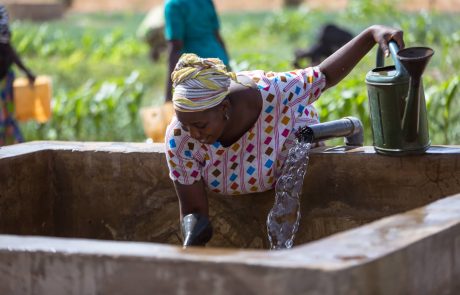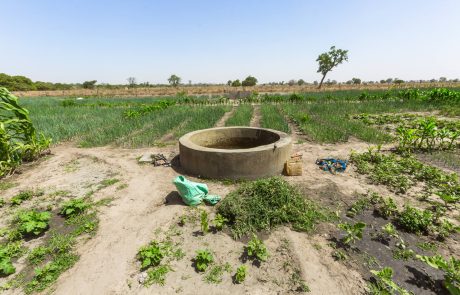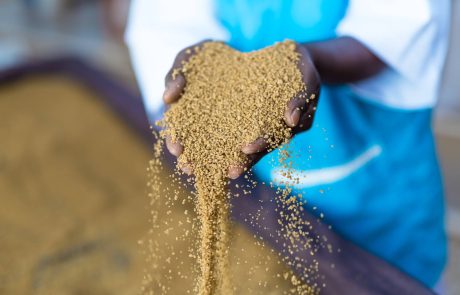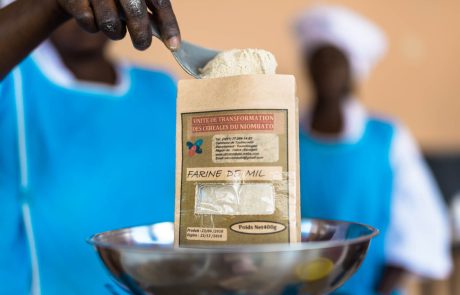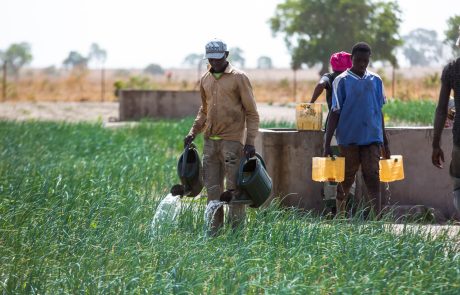PARERBA’s objective is to develop stable and remunerative employment opportunities in the Bassin Arachidier, the largest agricultural region of Senegal.
PARERBA’s objective is to develop stable and remunerative employment opportunities in the Bassin Arachidier, the largest agricultural region of Senegal. Facing limited and precarious job prospects, many rural youths prefer to migrate to cities or other countries. Enabel aims to strengthen local economic opportunities in the agricultural and agro-food sectors, with three interventions targeting primarily young people aged 15 to 34:
- Opportunity 1: Development of irrigated perimeters and support of producers to promote crop intensification and profitable sale of products by improving the production, productivity, and competitiveness of family farms in the rice and market gardening sectors. It targets farmers with limited access to irrigated land – including family farms and young people – with the key objective that beneficiaries achieve three seasons per year, i.e. three full crop cycles;
- Opportunity 2: Support to a) young project holders in the creation of income-generating activities, and b) promoters of micro and small enterprises, aiming to develop rural micro-entrepreneurship along the agri-food value chain for young people aged 15 to 34;
- Opportunity 3: Collaboration with small and medium enterprises in the agri-food sector offering job placement services, targeting young producers, skilled and unskilled workers.
What methods will be employed?
C4ED will conduct a counterfactual impact evaluation in which young farmers and project holders that have already benefited from PARERBA’s interventions will be compared to similar individuals that will soon receive benefit from the interventions. Baseline data has been collected from both groups in quarter 1 of 2022, before (or very soon after) the latter group started taking part in project activities. Endline data will be collected in late 2023. In this reverse difference-in-differences, the comparison of the outcome changes over time among the two groups will provide a measure of the causal impact of the program.
Each group will count 500 individuals. This evaluation strategy will be followed for Opportunities 1 and 2 separately, for a total study sample of 2,000 individuals. Opportunity 3 will be subject to a descriptive quantitative study, largely based on M&E data. In addition, a qualitative study will shed light on the key mechanisms at play behind the success of the three interventions and provide a deeper understanding of quantitative results. The qualitative data has been collected in late 2022, before the project ended.
In support of evidence-based policymaking, the outcomes of the CIE will provide context and insight into the how and why PARERBA impacts its beneficiaries. The evaluation will inform the effectiveness of PARERBA’s interventions in contributing to the achievement of European Union Emergency Trust Fund’s Strategic Objective 1. Findings regarding effects by key subgroups, in particular young people aged 15-34 and women, will also inform targeting approaches for future policies and programs.


